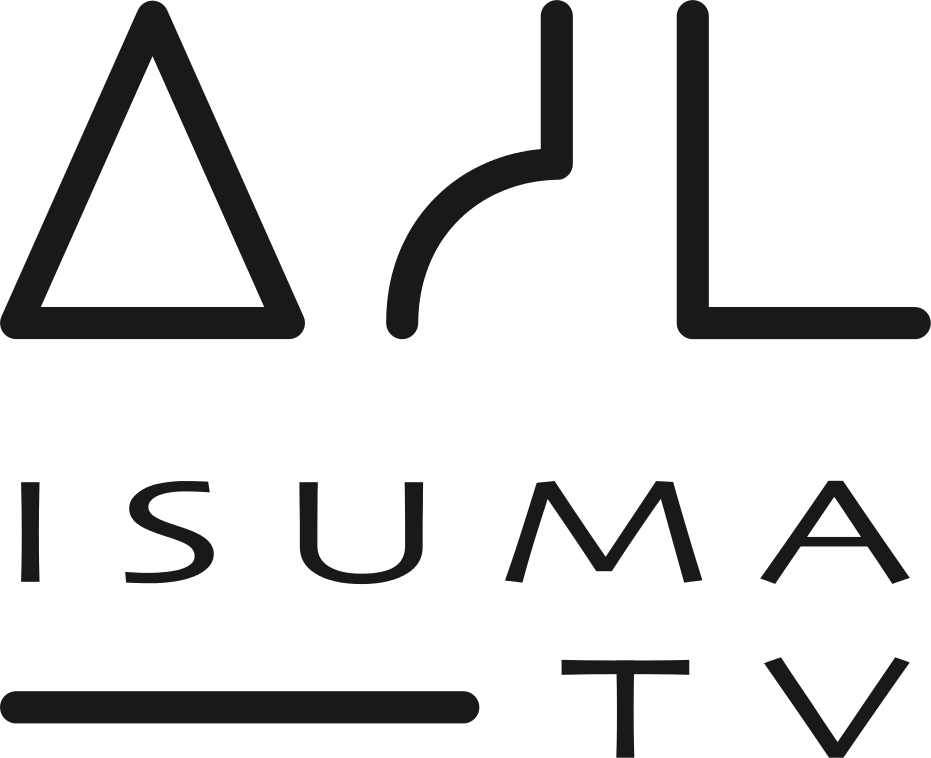Have high-speed internet? Switch to High-Speed
Videos load too SLOW? Switch to Low-Speed
The "Forbidden Window"
About
An important concept we've heard in some of our interviews with elders is about "the forbidden window". In the past, children were told not to touch or eat ice off the window of the qammaq. These windows were made of animal stomach, either bearded seal or walrus. The stomach would be stretched thin and you could see clear through it when placed properly in a frame. It was a taboo to touch the window of the qammaq.
When we first heard this story, Zach immediately called it the "forbidden window", and we began thinking through the implications of this teaching. For me, the window immediately resonated with images of the atmosphere, the clear glass that we see through, and how it was forbidden to disturb it. Essentially, if we interfere and play with our atmosphere the teaching indicates that there will be repercussions. This lesson was interwoven with Inuit culture and living on the land.
Indeed, environmental payback is something we've been hearing lots about. If you disrespect the natural world and its animals, living can be dangerous. We've heard stories about hunters who have disrespected animals and subsequently had their health and well being deteriorate. These stories are pervasive across Nunavut and lead hunters and other locals to carefully, respectfully and sustainably hunt animals. Above all, taking an animal means taking its soul, and this is a very serious activity that must be done properly and with respect.
In this video clip, Lasarusie Ishulutaq, from Pangnirtung, describes the forbidden window and what happens if that taboo around touching it is violated. He describes the subsequent sound of revenge and rumbling in the earth. It's a chilling reminder of the larger forces at work in the Inuit interplay between humans and their ecosystem. Living sustainably and safely for thousands of years in the Arctic meant respecting siila: the weather, atmosphere, and environment.
Interestingly, if we read the "forbidden window" metaphorically as the atmoshpere, but it is literally made from an animal stomach, we then have a link between climate and food security. Indeed, for Inuit respecting siila meant having a healthy and abundant population of animals, arguably the most important dynamic for living traditionally on the land.
















